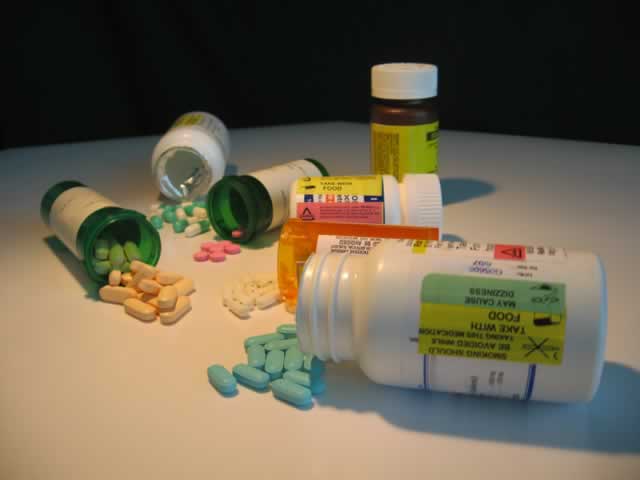New HIV/Aids treatment guidelines

Paidamoyo Chipunza Senior Health Reporter
The World Health Organisation (WHO) has set new HIV and Aids treatment and prevention guidelines to allow for early interventions once the condition is detected.
The latest information released on September 30 titled: Guidelines on when to start ART and PrEP (Pre-Exposure Prophylaxis) for HIV requires one to start anti-retroviral drug treatment upon testing HIV-positive regardless of their CD4 cell count.
It also advises countries to use HIV treatment as a prevention choice for people at high risk of infection.
Also Read:
Previously, ARVs were only given to HIV-positive people whose CD4 cell count had dropped to 500 and below and to vulnerable people such as children below five years, pregnant women, tuberculosis patients, and discordant couples regardless of their CD4 count.
Under the early guidelines, the first recommendation on ART initiation was based on evidence that many lives could be saved if people start treatment early, while the second guideline was based on further evidence of tenofovir — a first line ARV drug used in most countries — that it was effective in preventing HIV acquisition from an infected partner if taken as a pre-exposure prophylaxis.
“The first of these recommendations is based on evidence from clinical trials and observational studies released since 2013 showing that earlier use of ART results in better clinical outcomes for people living with HIV, compared with delayed treatment.
“The second recommendation is based on clinical trial results confirming the efficacy of the ARV drug, tenofovir for use as PrEP, to prevent people from acquiring HIV in a wide variety of settings and populations,” reads part of the guidelines.
The latest development will form part of the WHO’s revised and updated consolidated 2016 guidelines on the use of anti-retroviral drugs for treating and preventing HIV infection expected to be released during the International Conference on Aids and STIs in Africa (ICASA) taking place here in Zimbabwe in December.
“The full update of the guidelines will consist of comprehensive clinical recommendations together with revised operational and service delivery guidance to support the implementation,” said the WHO.
Head of Aids and TB Unit in the Ministry of Health and Child Care Dr Owen Mugurungi, said Zimbabwe welcomed these guidelines but now awaited the release of the 2016 comprehensive guidelines at ICASA.
Dr Mugurungi said the test and treat guidelines required wide consultations with stakeholders, on Monday including people living with HIV and the donor community.
If we are to adopt these guidelines, it means everyone has to be committed because this will definitely push up the figures (of people demanding ARVs),’’ Dr Mugurungi said.
He said there would be need for more people to get tested and to link all those tested to treatment and care.
Other stakeholders involved in HIV response also commended the WHO for the latest development, saying the guidelines would go a long way in reducing the impact of HIV and Aids.
The executive director for Avac, a non-governmental organisation involved in HIV and Aids advocacy, Mr Mitchell Warren, said there was need to swiftly and comprehensively fund and implement the new guidelines to begin the process towards ending Aids.
“We can’t let these ground-breaking guidelines sit on a shelf. If taken seriously, they can help ensure that millions of people with HIV live long and healthy lives, and that millions more women and men at high risk can remain uninfected,” said Mr Warren.
He, however, said there was need for enough funding to ensure effective implementation of the guidelines.
“If fully funded and implemented, the recommendations will greatly simplify ART for people living with HIV and revolutionise prevention for people at risk. But there is much work ahead to translate them into practice, from securing resources to revamping HIV guidelines in country-after-country, to implementing comprehensive treatment and prevention programmes,” he said.
Director of Medicines Sans Frontiers’ Southern Africa medical unit, Dr Tom Ellman, said there was need for increased support from donors and governments to turn these recommendations into reality.
“HIV care has to move out of clinics and into the communities with mobilized, empowered and engaged people living with HIV that actually are part of the response. This will need effort and money, said Dr Ellman.
Dr Ellman said from his experience in Southern Africa in HIV programmes in the past 10 years, about a third of people diagnosed with HIV but not eligible to start treatment, never returned to the health facility.
“Offering such individuals treatment once they test positive could substantially reduce the number of people who may never return,” he said.
National HIV estimates show that one million people are living with HIV in Zimbabwe although infection rates are reportedly declining.
The country’s HIV prevalence rate, however, remained static at 15 percent while the number of people on anti-retroviral treatment is pegged at 63,4 percent for adults and 55 percent for children.









Comments